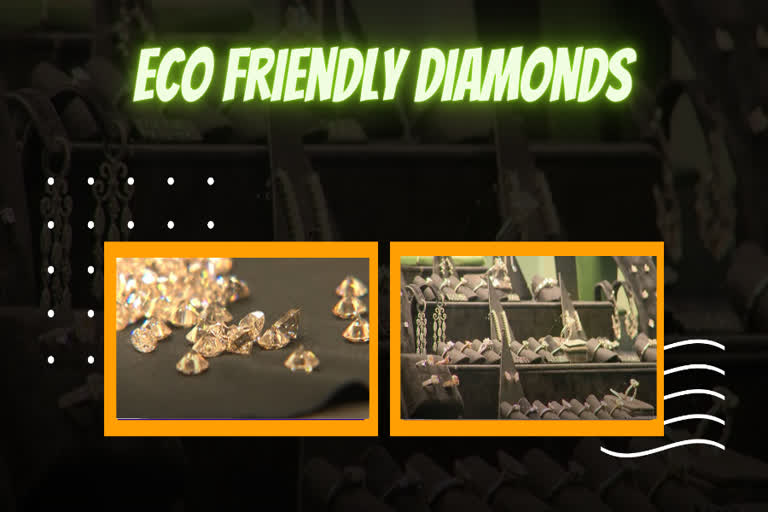London, UK: On an industrial estate in Stroud, it's not just drizzling in the air, a mass of pipes and high tech machinery is sucking carbon in from the sky. And just two weeks later, 100 percent certified diamonds are created.
"You take carbon dioxide out of the atmosphere and as you already know, we've got too much of that is driving the climate crisis, and we split rainwater to make hydrogen. We combine the two to make methane and in a ball of plasma running at a temperature of about the same as the surface of the sun, 8000 degrees Centigrade. We grow diamonds over a period of about two weeks at a time. They're absolutely real diamonds," says Dale Vince the founder of Sky Diamonds.
It sounds like the stuff of science fiction. But after seven years of development, environmentalist Dale Vince says these are the world's first zero-impact diamonds.
- The whole process is powered by wind, sun, and rainwater.
- The machines inside the factory are creating sixteen one-carat diamonds at the moment, but they have the capacity to make 200 carats a month.
- It is a far cry from the environmental damage and controversy that has long surrounded Africa's diamond mines.
- This is often where diamonds end up, in Hatton Garden, London's Diamond Quarter.
Also Read: New eco homes inspired by traditional buildings
But how do people feel about having a man-made diamond compared to the one that's taken hundreds of millions of years to form?
"People just put a price on a shiny rock. So if it's a man-made shiny rock, yes," says one woman.
Another says: "I really want like a - sorry to my future husband - like an old vintage ring so I don't know. I just don't think they were man-made back then and I just quite like something with history."
"Obviously, if no one's getting, you know, child labour or slave labour, then obviously I'm all for it," says another woman.
There is a shift amongst the big players in the diamond industry.
De Beers has just opened a seventy million pound factory in the US state of Oregon to create lab-grown diamonds."
"I think the companies that have chosen to diversify into synthetic diamonds see that it's a different market with a different price tag on it. And therefore it provides an additional opportunity for their businesses," says Estelle Levin-Nally, CEO and founder, of the mineral and mining consultancy, Levin Sources.
The environmentally friendly diamonds will go on sale next year. If popular, it could mean the future of diamonds is in the sky rather than deep underground.
Also Read: Xbox Series X and S can be purchased in India
(AP)



